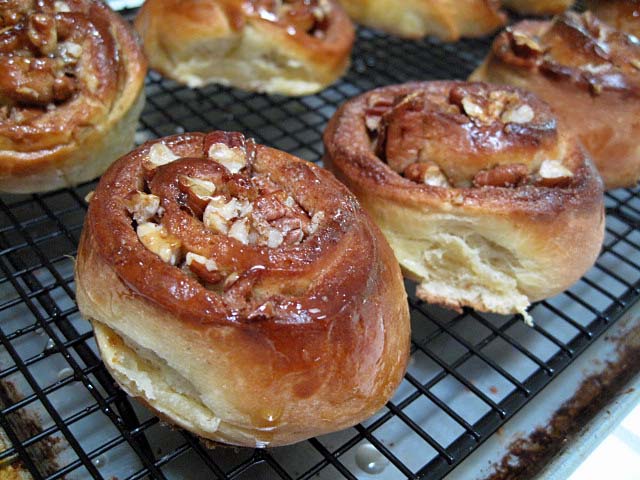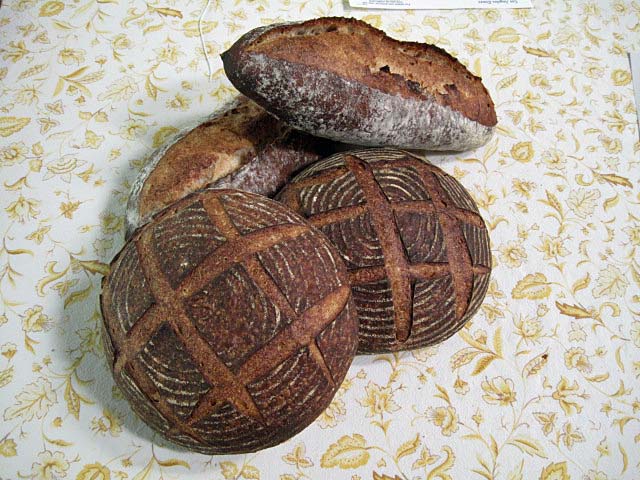Beauty and the Beast (A true beast, if not the truest beauty!)

I had the good fortune of being placed on the bench this morning, which translates to many, many baguettes. Here for your viewing pleasure were the best (probably) and the worst (probably) of the bake. My beastie caught underneath the loading board as it was being slid into the oven, so its back end got tucked underneath itself on the loading.
- Log in or register to post comments
- 8 comments
- View post
- Chausiubao's Blog




 [/center]
[/center]

